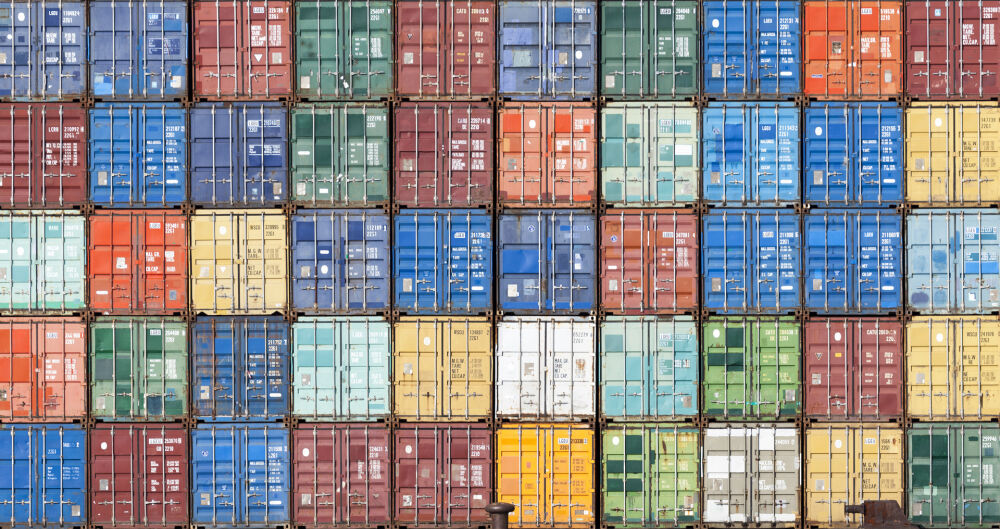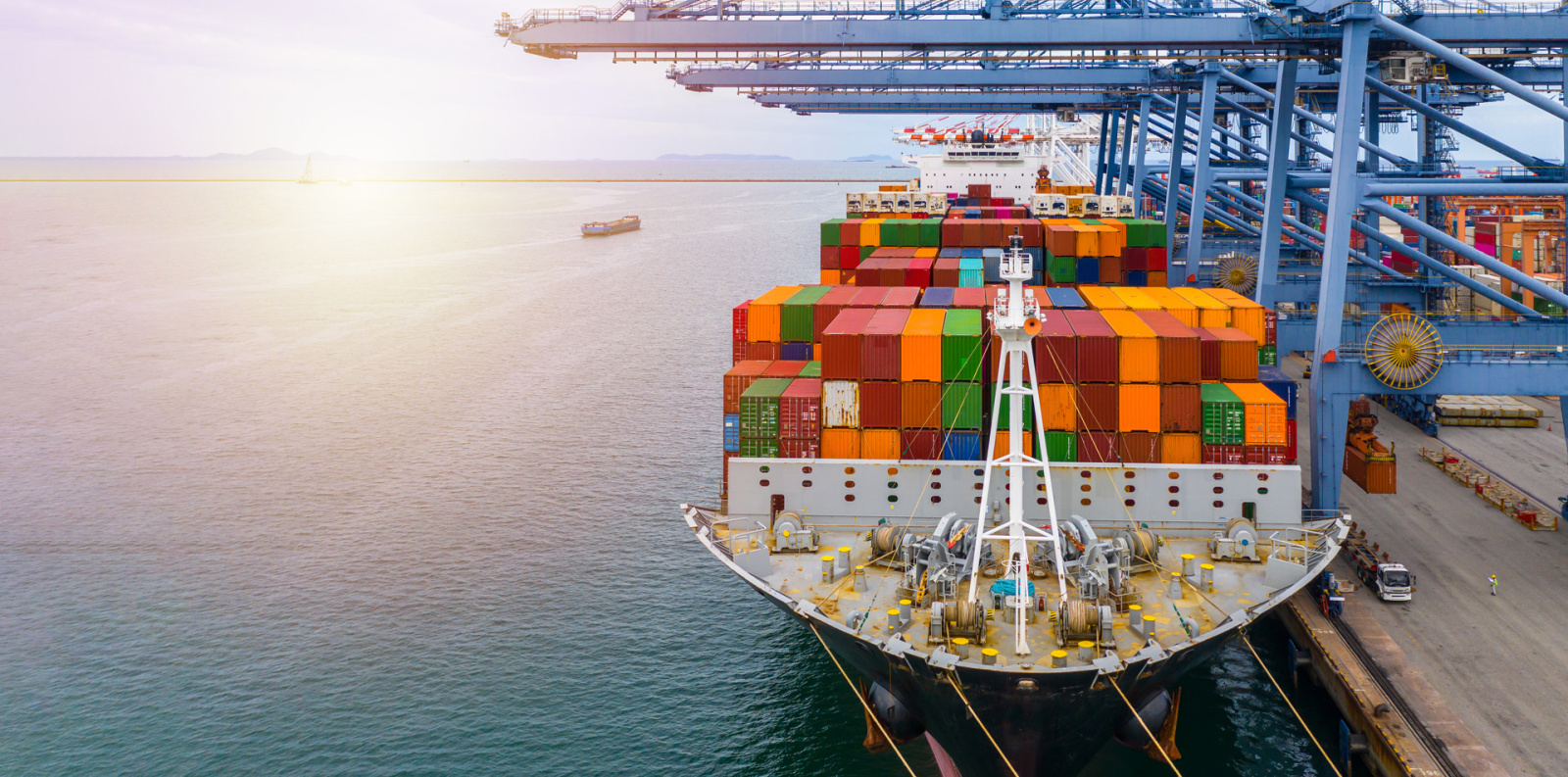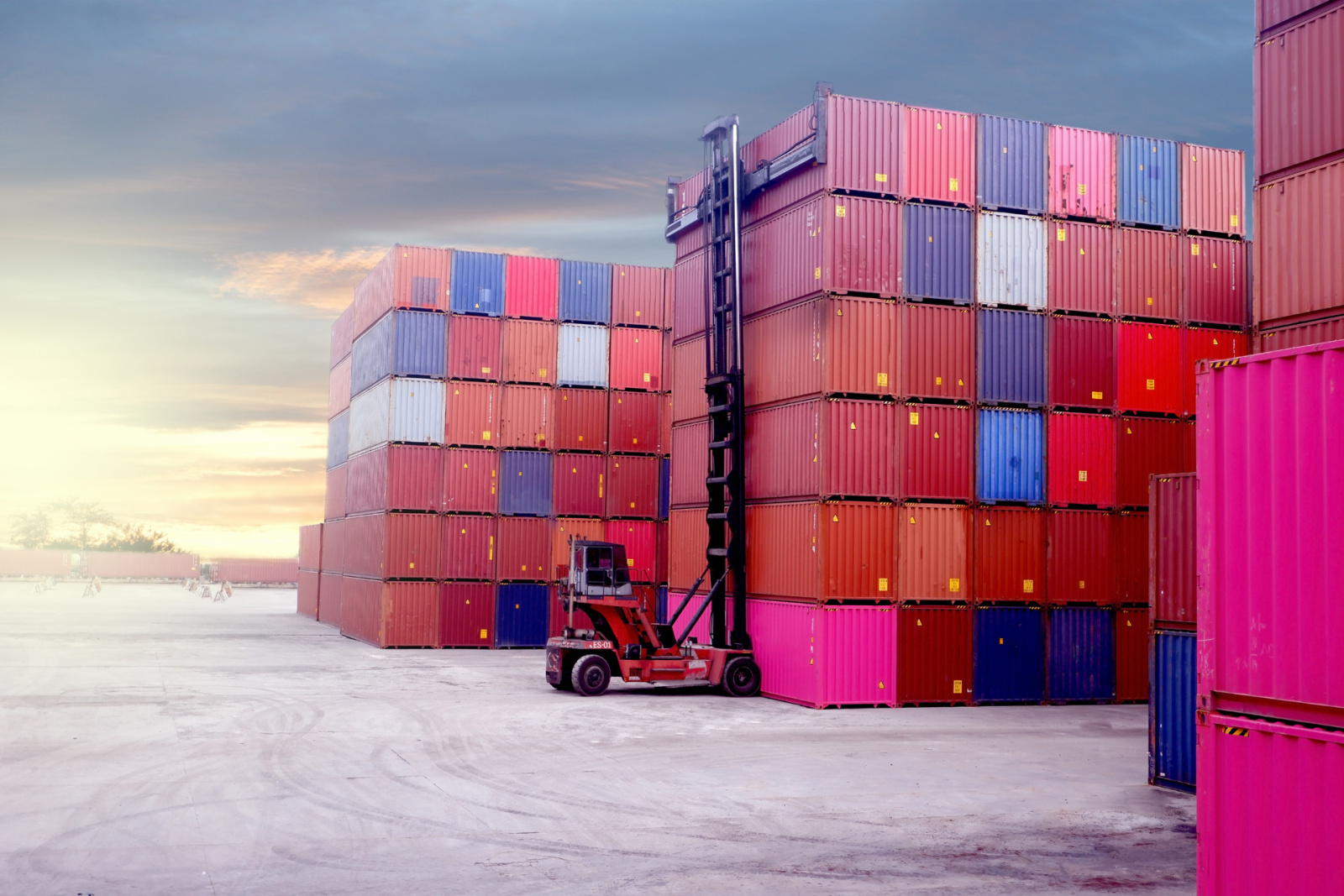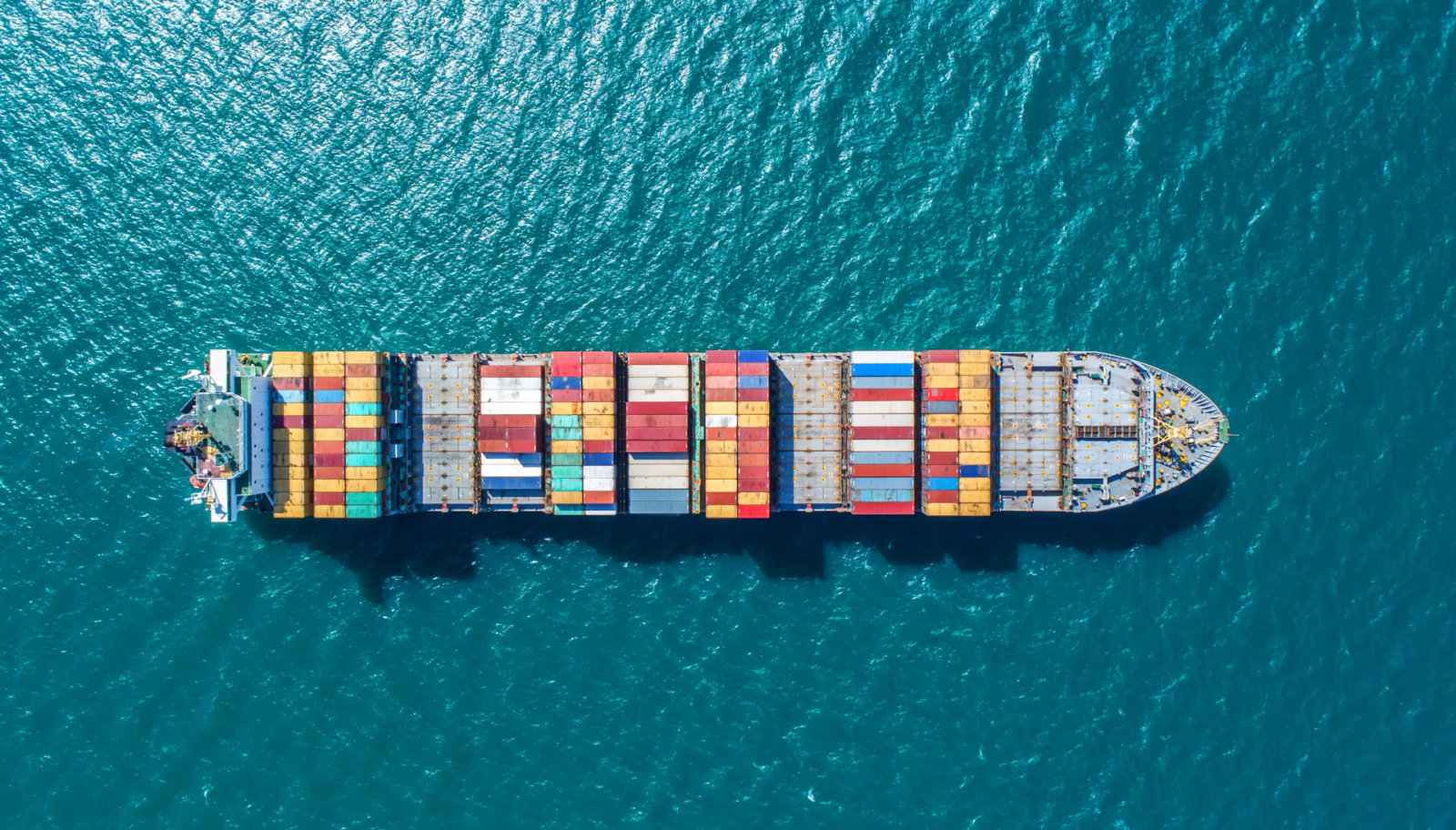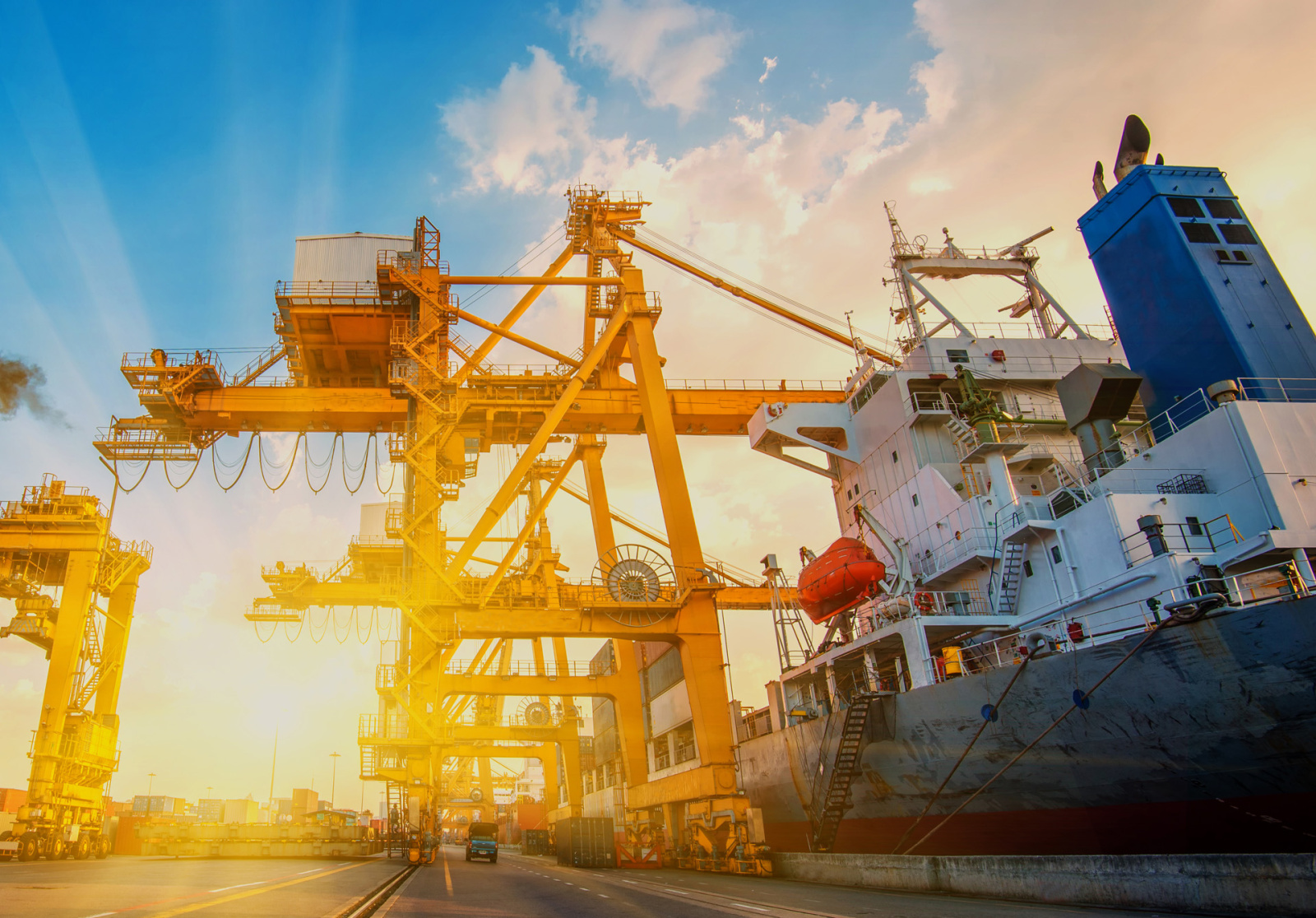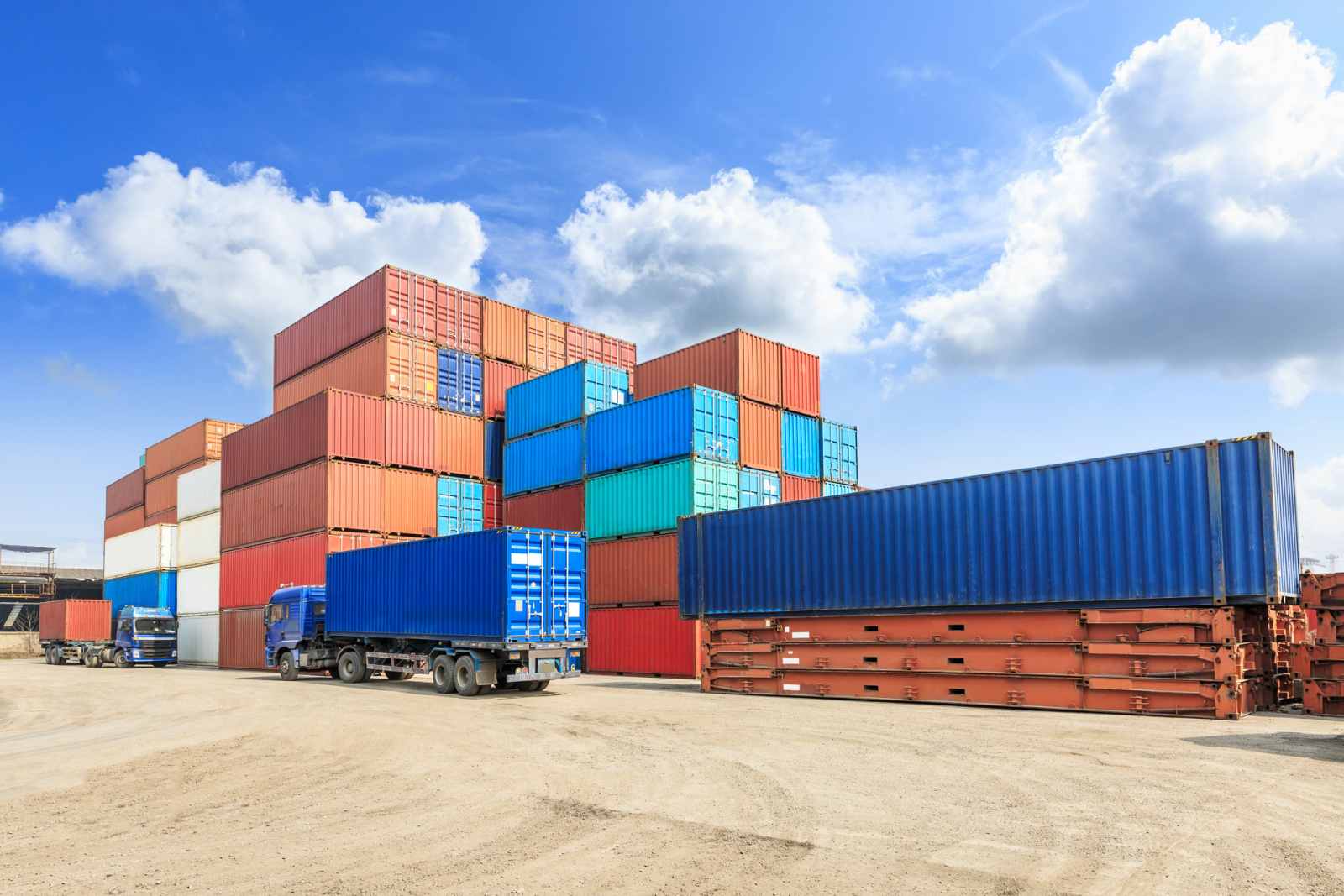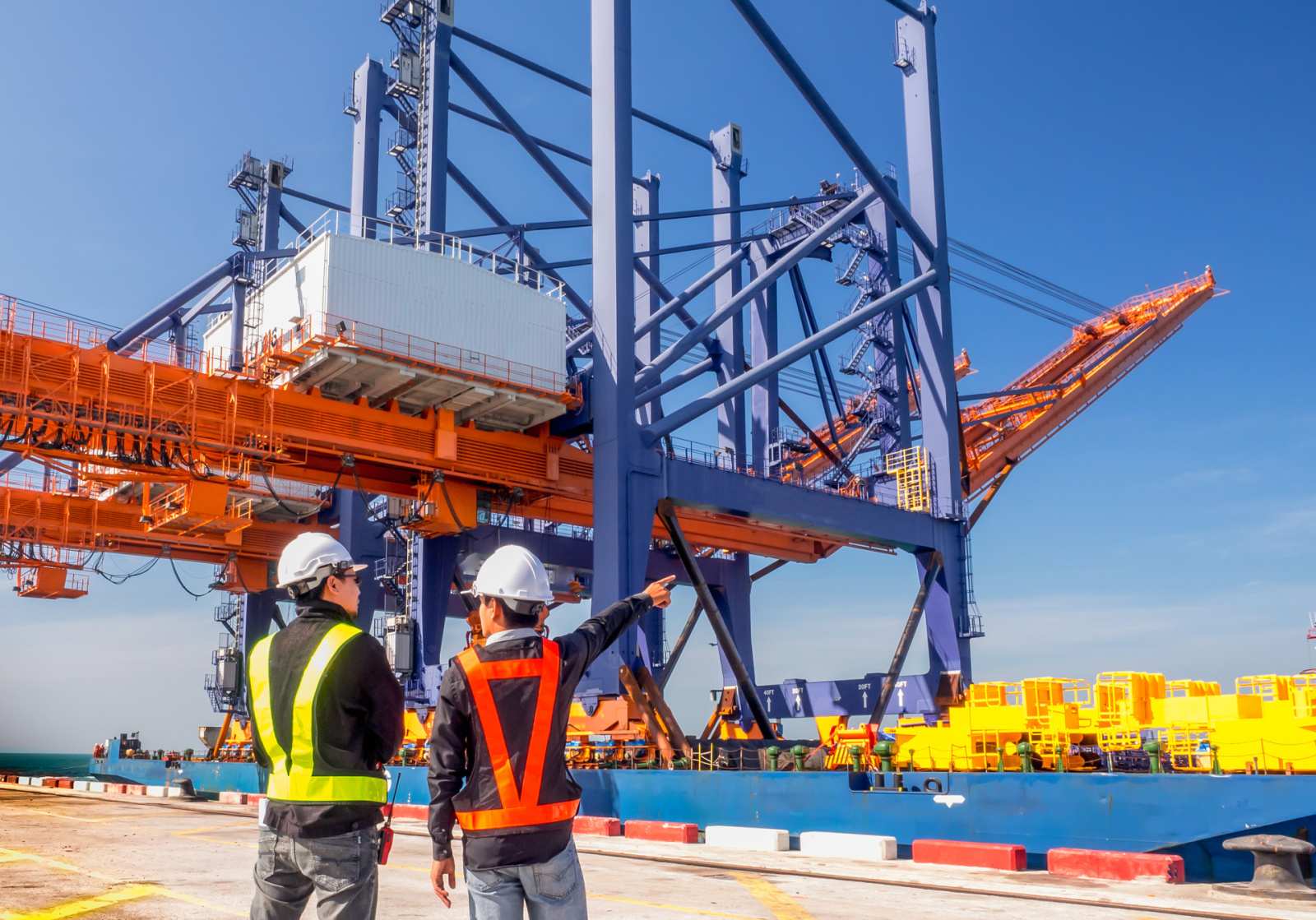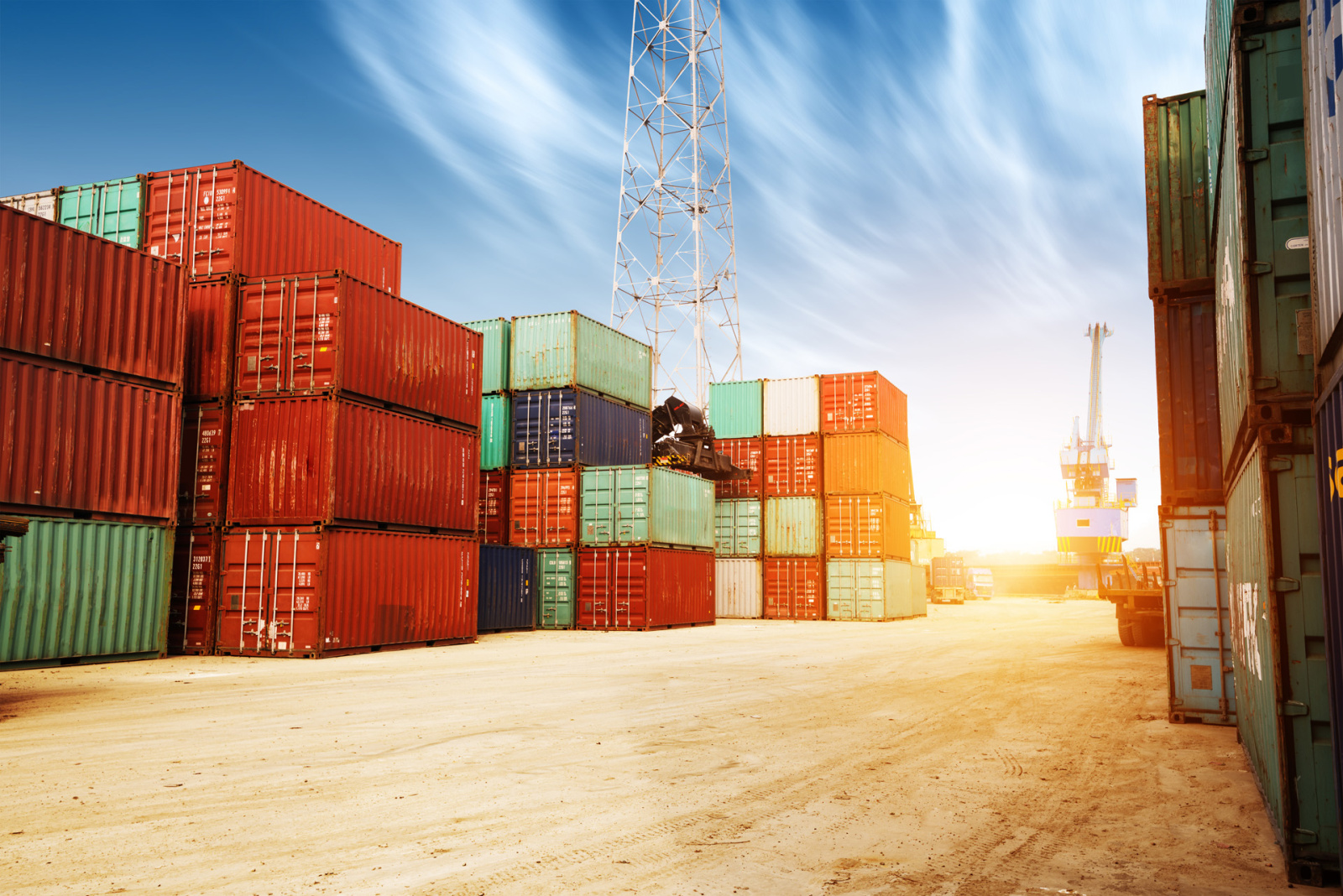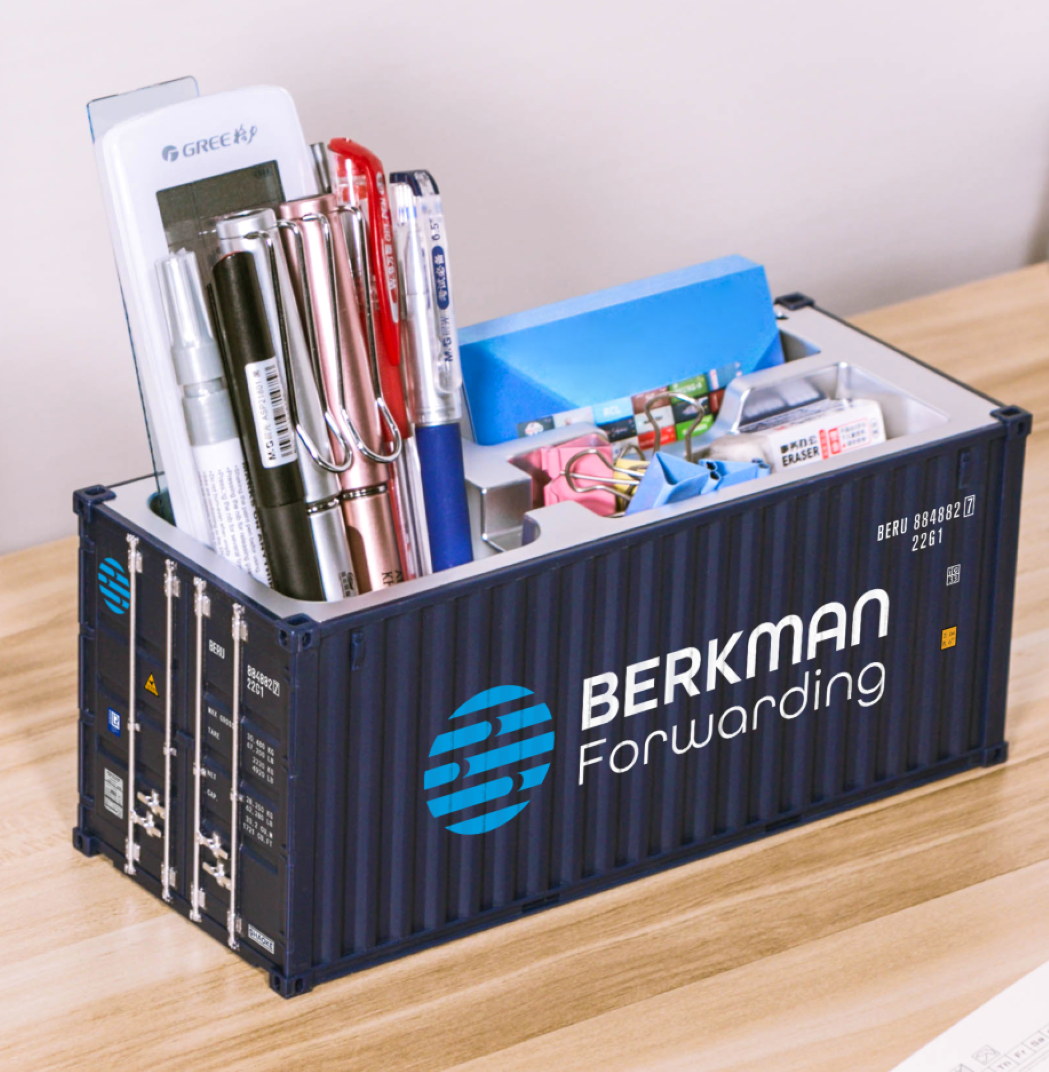
A Container is More Than Just a Black Box!

Mark
Supervisor Sales
Nov 18, 2024
Containers have become an indispensable part of the modern logistics world. Yet it was not so long ago that the very first container ship arrived in Rotterdam. In early May 1966, the MS Fairland docked with 266 containers on board.
Today, the largest container vessels can carry an astonishing 24,000 twenty-foot containers. Quite the evolution!
But let's go back to basics and have a closer look at that so-called "black box", because not all containers are the same.
The most common container types
For convenience, we have listed the most commonly used containers below. These are the standard 20-foot and 40-foot containers, often referred to as TEU and FEU. You may also come across the terms FCL and LCL - but what do these actually mean?
- FCL (Full Container Load): a full container, entirely for one shipment.
- LCL (Less than Container Load): used when you only need to send a few pallets rather than a full container.
- TEU (Twenty-foot Equivalent Unit): a standard container measuring 20 feet, or approximately 6 meters.
- FEU (Forty-foot Equivalent Unit): twice the length of a TEU, at 40 feet or about 12 metres.
- 45-foot containers: these are around 13.5 metres long, but less commonly used.
Container dimensions
The height of standard 20-foot and 40-foot containers is 8'6" (8 feet, 6 inches), or 2.59 meters. However, the most widely used type in international freight transport today is the 40-foot high cube container.
This version is one foot taller (around 30 cm) than a standard container, allowing extra space for higher or bulkier cargo.

Other container types
In addition to the standard containers mentioned above, there are many other types designed for specific kinds of cargo:
- Reefer containers: refrigerated units used to transport perishable goods at controlled temperatures.

- Flat racks: containers without side walls, ideal for cargo that extends beyond standard width.

- Open tops: containers with removable roofs, perfect for goods that are too tall to fit inside a regular container.

In summary
In this blog, we have outlined the main types and features of containers used in logistics today. Would you like to know more about this topic, or learn what Berkman Forwarding can do for your business?
Please get in touch with us via our website, email, app, or simply give us a call. Our team personally helps you out as quickly as possible through phone or email. We are always happy to help!
Related blogs

Vietnam in 2026: The Growth Market for Smart Importers

Importing from India: growth opportunities, trends, and local support
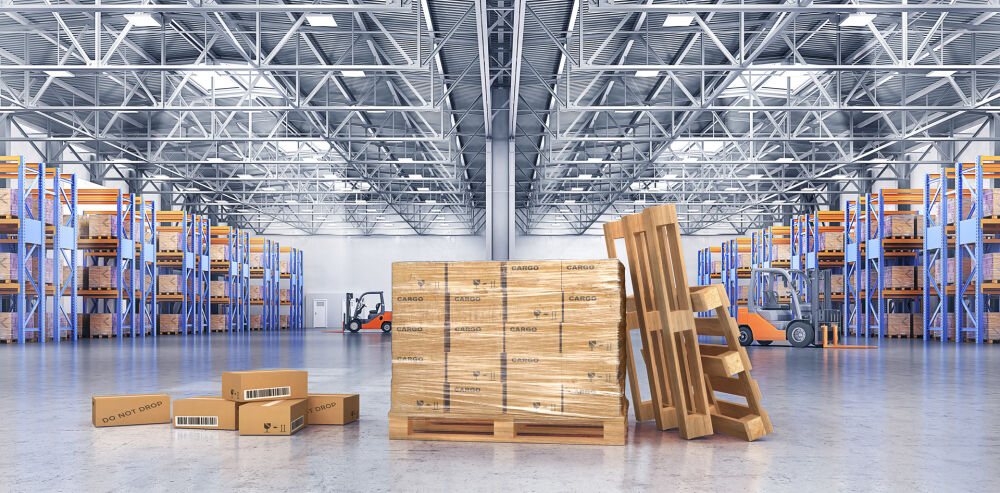
More than a freight forwarder: how we strengthen your supply chain
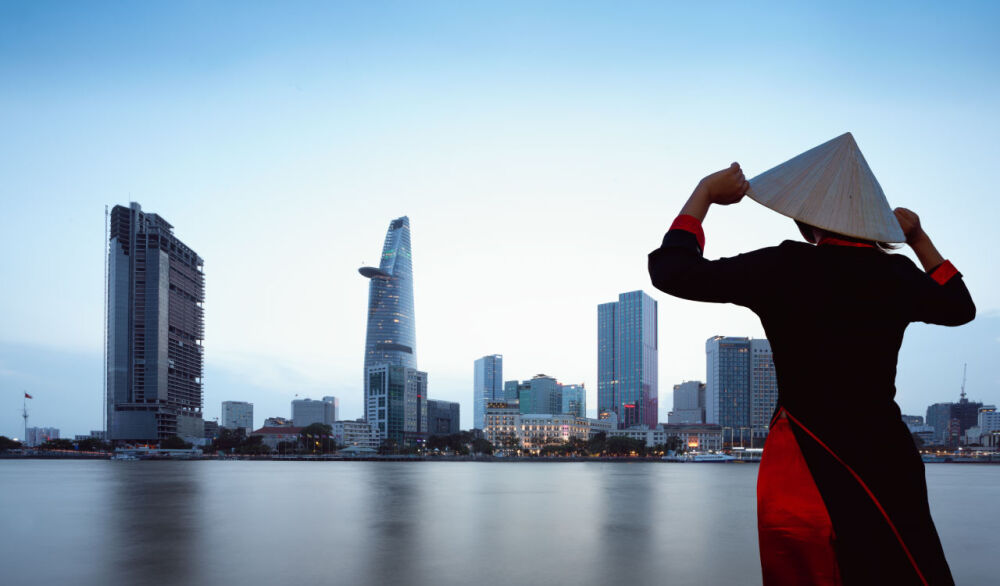
Vietnam: the trade engine of Southeast Asia
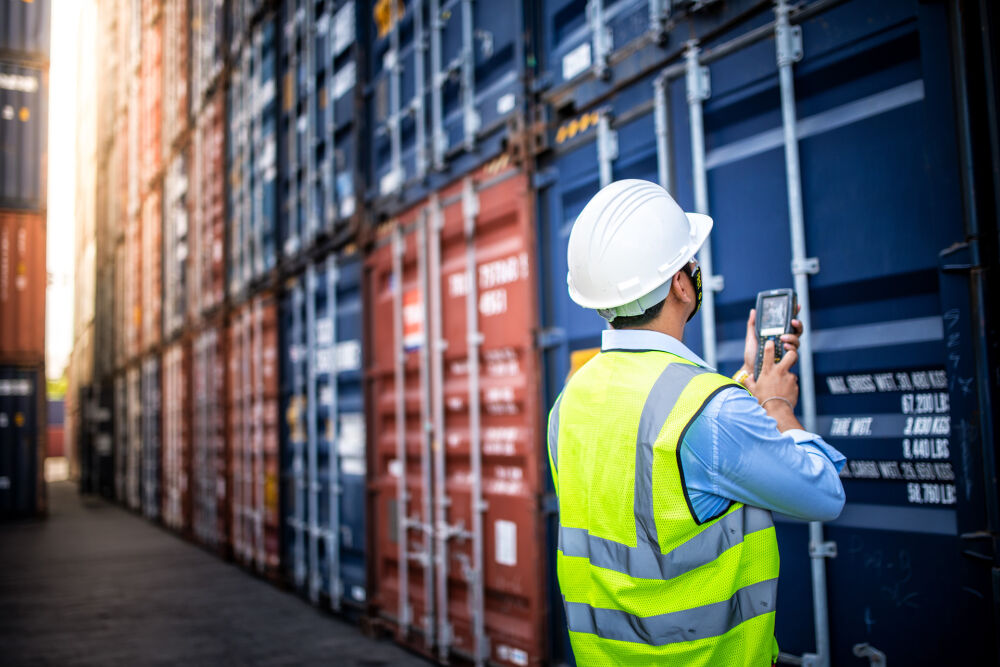
Why Quality Control in importing matters
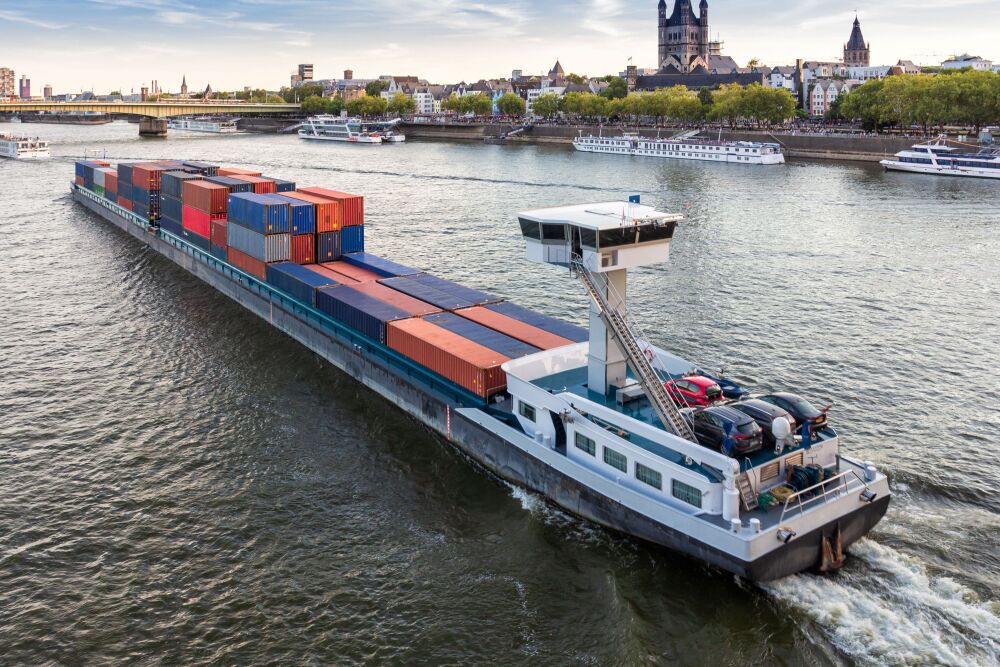
The benefits of transporting containers by barge
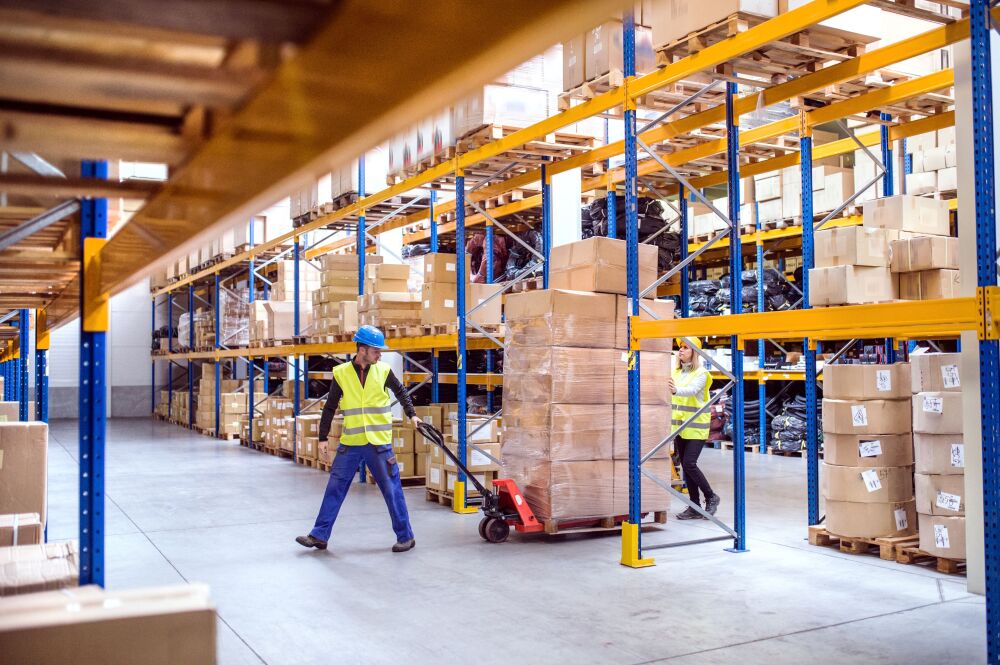
Consolidation: It's a Skill You Can Learn!
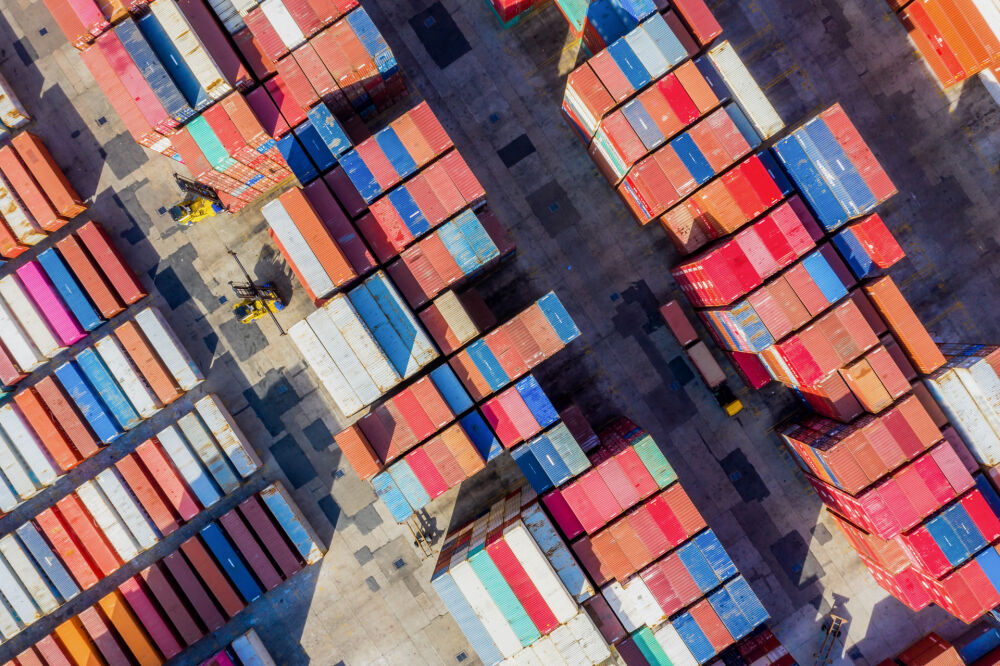
Incoterms: What Are They? And How Do You Use Them?
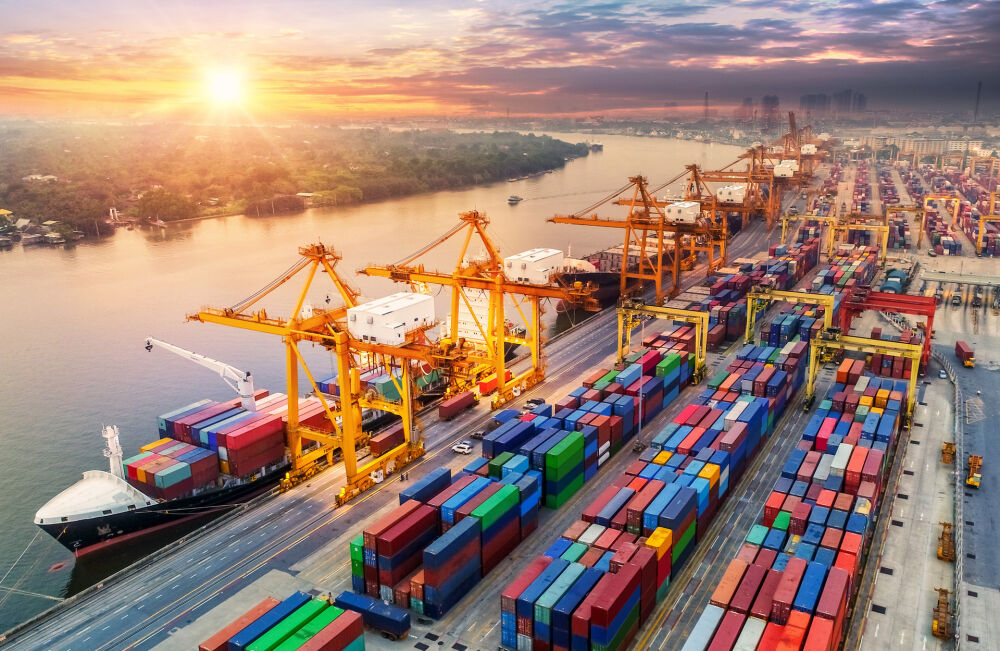
The Advantages and Disadvantages of LCL Shipments
